Amazingly, it was a visiting birder from New York who discovered Neotropic Cormorants breeding in the Wakodahatchee Wetlands.
Recent Posts
 Let’s Get Loud!By Peter
Let’s Get Loud!By Peter Attack of the Hooligan BluebirdBy Paul Lewis
Attack of the Hooligan BluebirdBy Paul Lewis Invasion of the egretsBy David T
Invasion of the egretsBy David T Species Spotlight: Pied FalconetBy Kai Pflug
Species Spotlight: Pied FalconetBy Kai Pflug 10 Reasons To Watch BirdsBy a Guest
10 Reasons To Watch BirdsBy a Guest Another One That Took A WhileBy Faraaz Abdool
Another One That Took A WhileBy Faraaz Abdool A Bittern BoomedBy a Guest
A Bittern BoomedBy a Guest
Welcome to 10,000 Birds!
Learn about our site and writers, advertise, subscribe, or contact us. New writers welcome – details here!
Posting Calendar
| DAY | WRITER(S) | SERIES |
|---|---|---|
| MON | Kai (w) | Birding Lodges (w) |
| TUE | Donna (m) Susan (m) Hannah (m) Fitzroy (m) | Bird Guides (w) |
| WED | Leslie (bw) Faraaz (bw) | Ask a Birder (w) |
| THU | Paul (w) | Birder’s Lists (w) |
| FRI | David (w) | Species Spotlight (w) |
| SAT | Peter (bw) Luca (bw) | From the Archives (w) |
| SUN | Clive (w) Valters (bw) | Three Photos (w) |
| w weekly, bw biweekly, m monthly | ||
| Any time: Jason, Mark, John, Sara, Rolf, Dragan | ||
See here for info on the writers.
Newsletter
Signup and receive notice of new posts!
Thank you!
You have successfully joined our subscriber list.

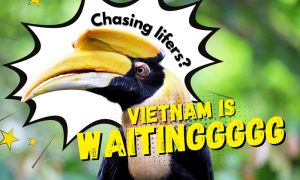
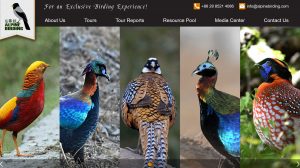
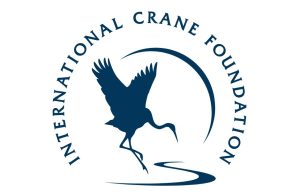
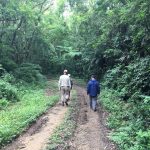
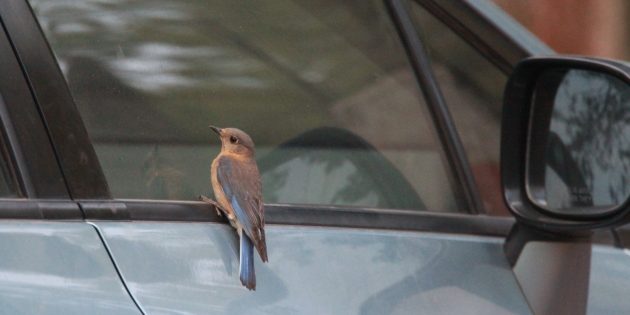
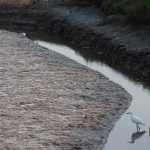
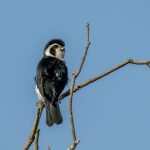
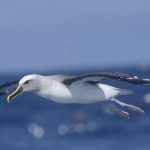
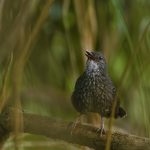
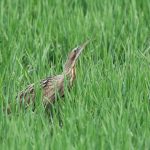
This is a really weird report. It’s amazing that a bird like this could stay hidden for so long at a site as small and intensely birded as Wakodahatchee Wetlands.
I don’t think it’s that surprising. Ironic, yes. I’ve birded Wakodahatchee since it opened, and I’ve always found nature photographers there, but not many hard core birders.
I was wondering when that was going to happen.
I guess birders mostly see what they are looking for, and no one was looking at cormorants in Florida because of the assumption that they would all just be DC cormorants. If birders think there is no vagrant potential in a certain bird group, vagrants will never be found.